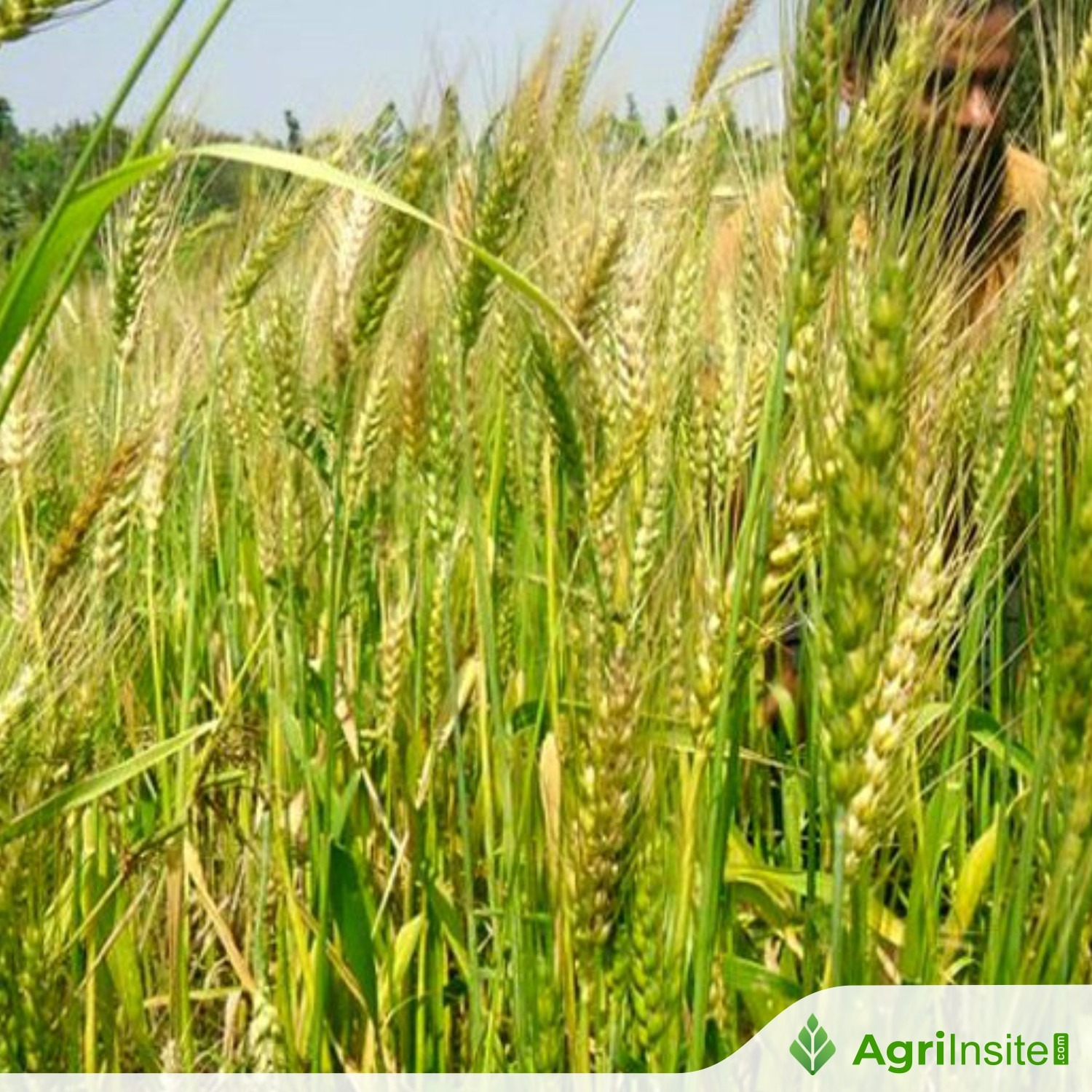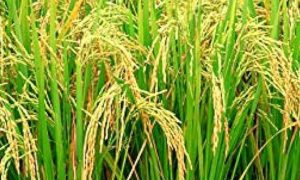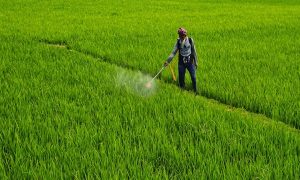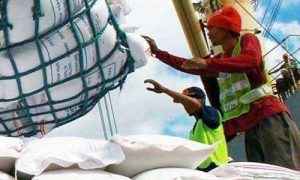Nepal : Rice cultivation area declines in Gandaki

Rice cultivation in Gandaki Province is steadily declining due to urbanisation, land plotting, and infrastructure development. Land under rice farming dropped from 97,679 hectares in 2022/23 to an estimated 94,182 hectares this year. By mid-July, 71% of plantation was complete. While 250,000 tonnes of rice are expected, fallow lands and reliance on rainfall in non-irrigated areas pose challenges.
By Santosh Subedi,Kaski, July 17: The area of rice cultivation in the Gandaki Province has been declining over the years.
Increasing urbanisation, land plotting, and large-scale physical infrastructure development have led to the loss of arable land. According to data from the Ministry of Agriculture, Land Management and Cooperatives of Gandaki Province, the land used for rice production in the province has been gradually decreasing. While rice was cultivated on 97,679 hectares in the Fiscal Year 2022/23, this figure fell to 96,053 hectares in 2023/24. This year, the Ministry estimates that paddy plantation will be carried out on 94,182 hectares.
So far, plantation has been completed on 66,900 hectares across the province, according to Jyoti Kshetri, Information Officer of the Ministry. She stated that by the final week of Ashad (mid-July), 71.03 per cent of the total paddy plantation had been completed in Gandaki. Among the 11 districts of the province, rice is not cultivated in Manang and Mustang.
Rice plantation is completed in 86.22 per cent (8,018 hectares) land in Lamjung. Nawalpur has the largest area for rice cultivation in the province at 14,111 hectares, but only 75.39 per cent of plantation has been completed so far.
Similarly, in Myagdi, only 65.69 per cent of plantation has been completed. As most of Myagdi lies in the Himalayan region, plantation has been carried out on just 2,500 hectares. In other districts, the plantation status remains even lower – Baglung 67.02 per cent, Syangja 62 per cent, Parbat 60 per cent, Kaski 77.07 per cent, Tanahun 74.59 per cent, and Gorkha 61.24 per cent.
Kshetri further informed that around 250,000 tonnes of rice is expected to be produced in Gandaki this year. Although there is land suitable for rice farming, various factors have left large areas fallow, affecting overall production.
According to the Ministry, plantation has been completed in most areas with irrigation facilities, while in areas without irrigation, farmers have been relying on rainfall.
The ministry has reported that various rice varieties are cultivated in Gandaki including Sabitri, Ram Dhan, Hybrid, Jetho Budho, Jhinuwa, Ekle, Gurja, Pahenle, Champion, Makwanpur, Aapjhutte, Manisara, Mansuli, Anadi, Kalo Masino, US, Maharaja, Holasy, Bahubudi, Hardinath, Gurdi, Khumal, Gauriya, Biramphool, Pokhareli Jetho Budho, Lumle, Machhapuchhre, Jarneli, and Sugandha.
According to Kshetri, designated pocket areas for rice cultivation have been established in each district. In Gorkha, these include Chhebetar, Palungtar, Arughat, and Siranchok, Dhamilikuwa, Harrabot, Bhorletar, and Karaputar in Lamjung, Chundiphant, Satrasaya Phant, and Kalestiphant in Tanahun, and Makaikhola, Handikhola, Armala, Arba, Pame, and Lekhnath in Kaski.
Similarly, Phalebas and Jaljala in Parbat, Putalibazaar, Aandhikhola, and Galyang in Syangja, Bhagawati, Piple, and Ghatan in Myagdi, Badigad, Galkot, and Jaimini in Baglung, and Kawasoti and Gaindakot in Nawalpur have also been recognised as rice pocket areas.
To Read more about Rice News continue reading Agriinsite.com
Source : Rising Nepal Daily















